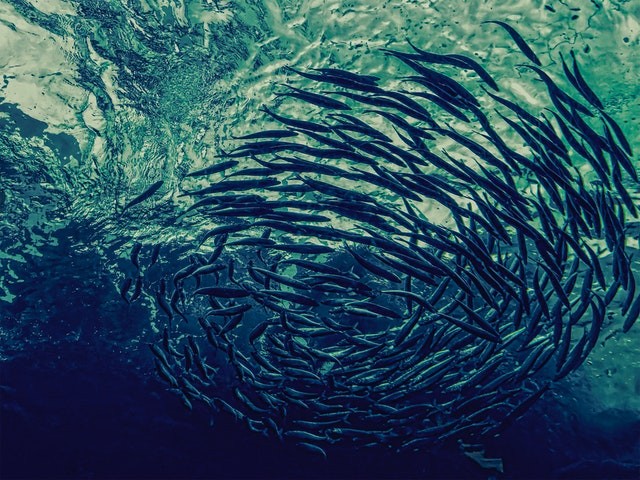Freshwater fish meant for human consumption will have less hazardous mercury if mercury contamination entering lakes is reduced, as per a new study published in Nature on December 15.

Benefits of Curbing Mercury Pollution
A traceable type of mercury was purposely injected to an experimental lake and its watershed over a 15-year investigation.
It was discovered that fish populations rapidly increased when new mercury was introduced and then rapidly decreased when researchers stopped adding the mercury, according to an interdisciplinary study team that included Western University's Brian Branfireun.
Notably, fish populations recovered from mercury exposure far faster than previously thought, indicating that legislative actions to reduce pollution today will have an immediate and noticeable impact on the quality of fish we eat in the future, according to Phys.org.
It's clear that the results support the need to strengthen controls on mercury emissions, particularly in the United States, which have been weakened recently. As a result, the findings support the effectiveness of current and future policies throughout the world that aim to reduce mercury pollution.
Dr. Branfireun, an expert in ecohydrology and biogeochemistry at Western University, led a team of students from the university's graduate and undergraduate programs to investigate the role of wetlands and forest soils in the storage, processing and transportation of mercury currently being dumped on watersheds.
Also Read: Effects of Small Concentrations of Endocrine Disrupting Chemicals Impact Three Generations of Fish
Recovery of Mercury-contaminated Fish
When mercury levels are reduced, the timeframe of the recovery of mercury-contaminated fish is influenced by the interactions between soil, mercury, and water discharge.
When it comes to understanding how watersheds regulate mercury transport, the advancements gained were enormous, Branfireun said. Scientific breakthroughs will help policymakers, resource managers and people who rely on subsistence fishing to better estimate the extent and timing of mercury reductions in individual lakes.
The research was conducted at the IISD Experimental Lakes Area in Ontario.
One of just few places in the world where lakes and their watersheds may be experimentally changed to identify the myriad ways people affect lakes.
No one could have predicted this, much alone accomplished it, if not for this experiment, this team, and the Experiment Lakes Area, Branfireun said.
At a cost of more than $1 million, a team administered around one teaspoon of a specific kind of mercury to a lake and its watershed.

Methylmercury: A Toxic Form of Mercury
As methylmercury in the ecosystem, researchers could measure the mercury's rapid decline in fish after they stopped putting it in the water. One of the more toxic forms of mercury known as methylmercury has been found to accumulate to dangerously high levels in a wide range of freshwater fish species.
According to Paul Blanchfield, main author of the research and a co-inventor of the Mercury Experiment to Assess Atmospheric Loading in Canada and the United States (METAALICUS), Showing that lowering mercury inputs to a lake would decrease mercury concentrations in fish seems straightforward.
He continued by adding that a 15-year, whole-ecosystem study involving university, government, and non-profit researchers from throughout North America was necessary to reach thd result.
Related Article: Mercury Poisoning: Dolphins and Humans Impacted
For more news, updates about fishes and similar topics don't forget to follow Nature World News!
© 2024 NatureWorldNews.com All rights reserved. Do not reproduce without permission.




![Roundworms with Short Memories 'Stop Forgetting' When Frozen or Given Lithium [Study]](https://1471793142.rsc.cdn77.org/data/thumbs/full/70295/280/157/50/40/roundworms-with-short-memories-stop-forgetting-when-frozen-or-given-lithium-study.jpg)
